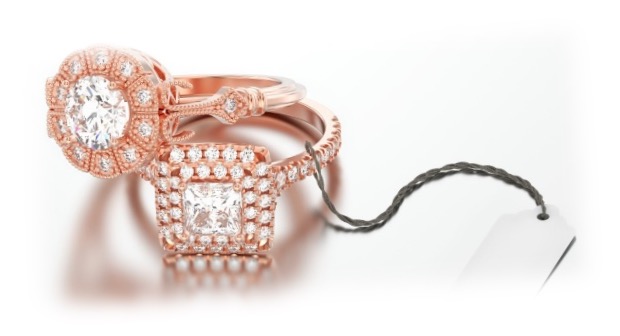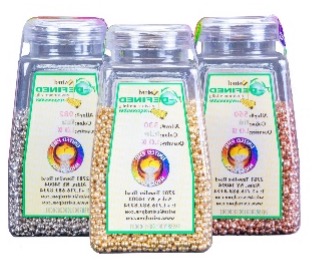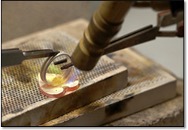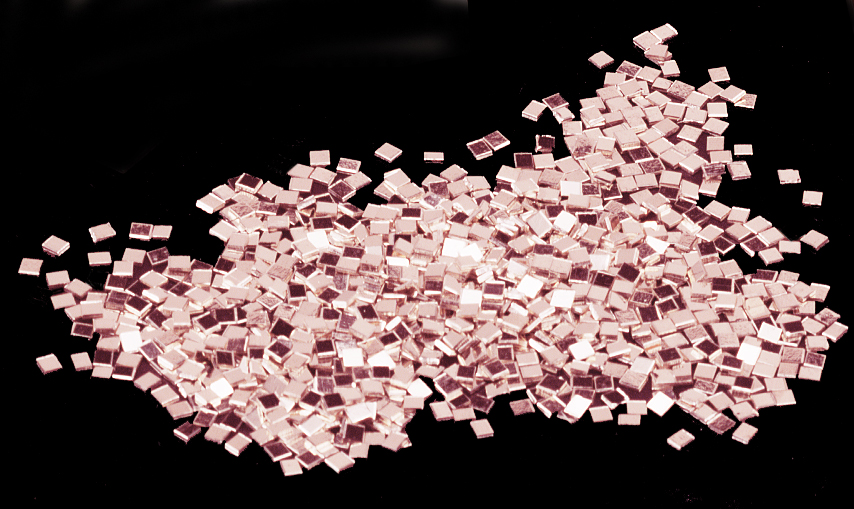NEW PLATINUM SOLDERS
These new platinum solders provide superior results and offer a more user-friendly experience for jewelers working with platinum.
PSP1300E – easy flow platinum solder
PSP1400M – medium flow platinum solder
PSP1500H – hard flow platinum solder

NEW PINK GOLD SOLDERS
These new pink solders offer a better pink color for color matching as well as easier flow.
18KPINKE1 – 18K pink easy
18KPINKM1 – 18K pink medium
18KPINKH1 – 18K pink hard
14KPINKH1 – 14K pink hard
NEW PINK SOLDERS CURRENTLY BEING DEVELOPED 14KPINKE1 – 14K pink easy
14KPINKM1 – 14K pink medium

NEW SOLDER ALLOYS FOR 18K PINK SOLDER
These solder alloys allow you to make your own 18K pink solder. Simply add fine gold to karat correctly – 75% fine gold + 25% alloy for 18K gold.
13SA – 18KPINKH1
14SA – 18KPINKM1
15SA – 18KPINKE1
Additional solder alloys are available. For a complete listing visit: www.UnitedPMR.com/cadmium-free-solders/master-alloys-for-making-gold-silver-solders/
For more information or pricing, contact our sales team at 1-800-999-FINE (3463) or email us at Sales@UnitedPMR.COM.
United’s Helpful Tips for
Gold and Silver Soldering
FITTING: Great care should be taken in the fitting of pieces to be joined. Make sure the surfaces are smooth, even, free of burrs and fit tightly. This will assure a strong neat joint requiring less finishing. Remember, SOLDER WILL NOT FILL GAPS.

CLEANING: All parts being soldered must be thoroughly cleaned. The joint areas and solder must be clean, free of oxidation, oil, and grease, polishing residue or tape adhesive.
PROPER SUPPORT: Clamps or jigs should be used to align and hold the objects being soldered. This will help prevent movement or shifting of the objects during the gold and silver soldering process.
FLUXING: The entire object should be given a fire coat of boric acid and alcohol with a brush and gently heated to provide a protective fire coat. The joint areas should be well coated with solder flux to keep the joint areas free from oxidation. Add more flux if needed during the soldering process.
HEATING: Use a slightly reducing flame (softer flame) on your torch. Let the heat of the objects being joined flow the solder. Don’t try to force the solder to flow with the torch flame as this often results in pitting or a poor-quality joint. It’s best to keep the torch moving over the joint area to provide an even heat. It’s best not to use micro torches for ring sizing as the intense flame often overheats the joint. Remember, SOLDER FLOWS TOWARD HEAT.
CLEANING & PICKLING: Flux residues can be removed in hot water. Oxidation can be removed in a pickle solution. Hot “Sparex” safety pickle is the most commonly used pickle solution and effectively removes surface oxides. A 10% to 20% sulfuric acid or 30% to 50% phosphoric acid can also be used.

Side note: The biggest complain we hear from jewelry repair shops, typically during the busier seasons, is pitting during sizing and repair work. While solder pits are a common issue, it is easily avoided by following the tips above – especially cleaning and fitting, fluxing properly and heating.
You will get better results with your soldering if you do pay attention to the issues mentioned above. If you have any specific questions, please do not hesitate to reach out to our technical team at 1-800-999-FINE (3463), email TechTeam@UnitedPMR.com, or visit our website.
